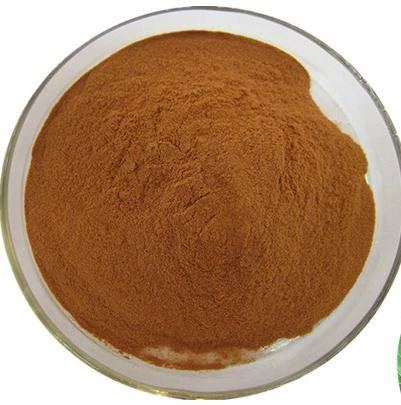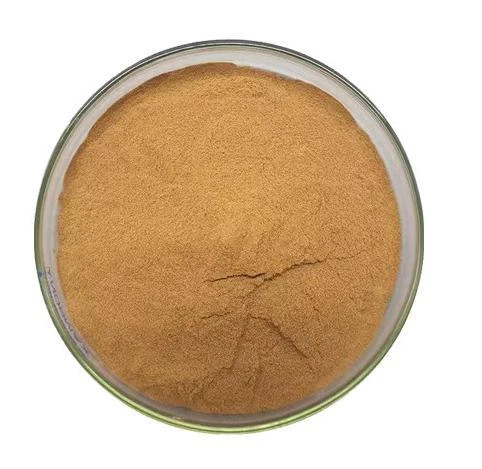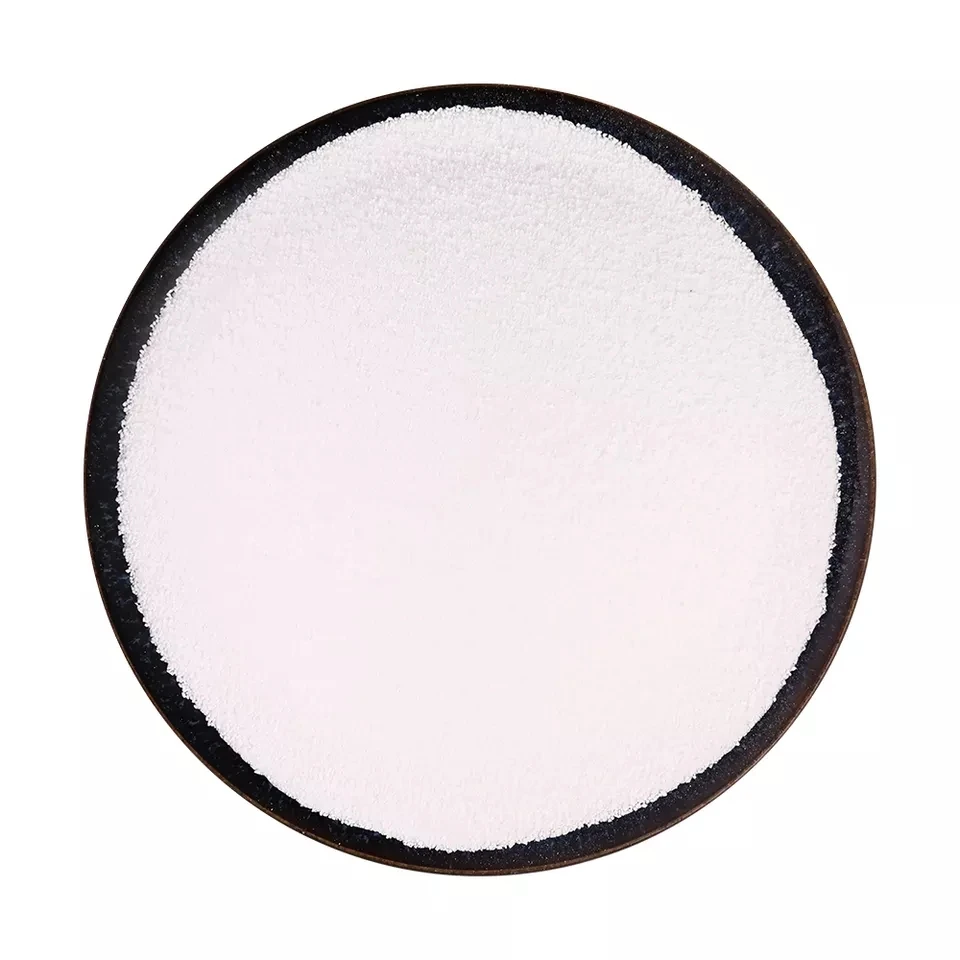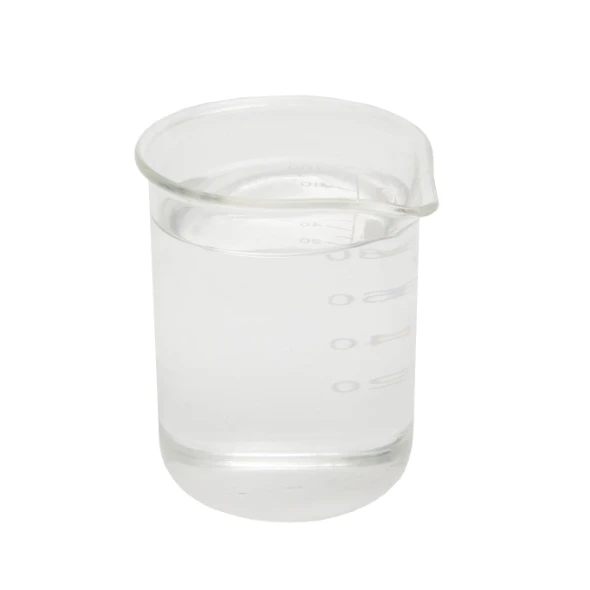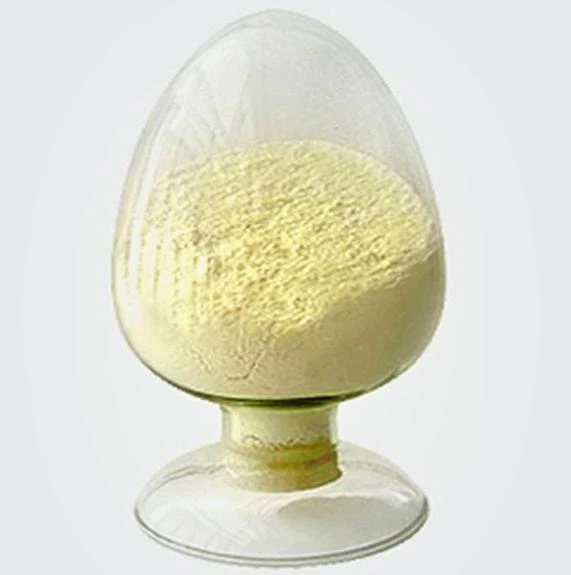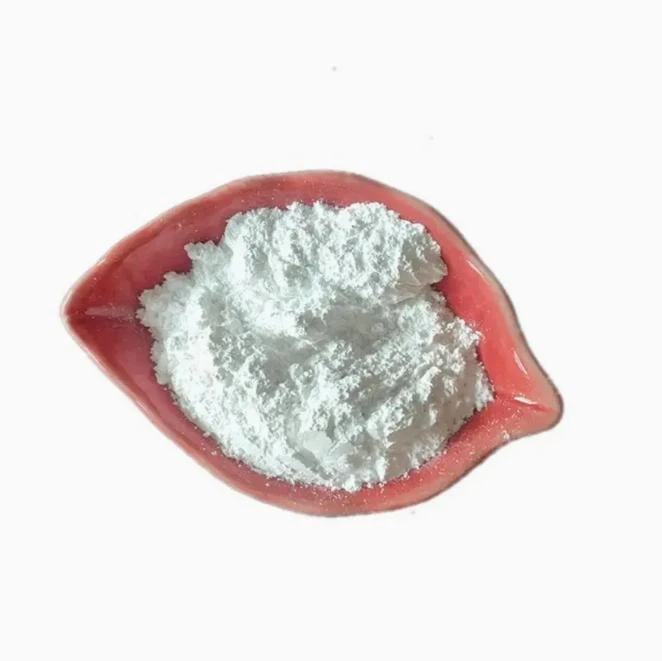 Imeeli: sale@hebeidisha.com
Imeeli: sale@hebeidisha.com
 Tẹli: +86 13315186550
Tẹli: +86 13315186550
- Afirika
- Ede Albania
- Amharic
- Larubawa
- Ara Armenia
- Azerbaijan
- Basque
- Belarusian
- Ede Bengali
- Ede Bosnia
- Bulgarian
- Catalan
- Cebuano
- China
- China (Taiwan)
- Corsican
- Ede Croatian
- Czech
- Danish
- Dutch
- English
- Esperanto
- Estonia
- Finnish
- Faranse
- Frisia
- Galician
- Georgian
- Jẹmánì
- Giriki
- Gujarati
- Haitian Creole
- hausa
- ara ilu Hawaiani
- Heberu
- Bẹẹkọ
- Miao
- Ede Hungarian
- Icelandic
- igbo
- Ede Indonesian
- Irish
- Itali
- Japanese
- Javanese
- Kannada
- Kasakh
- Khmer
- Ede Rwandan
- Korean
- Kurdish
- Kirgisi
- TB
- Latin
- Latvia
- Lithuania
- Luxembourgish
- Macedonian
- Malgashi
- Malay
- Malayalam
- Èdè Malta
- Maori
- Marathi
- Mongolian
- Mianma
- Nepali
- Norwegian
- Norwegian
- Occitan
- Pashto
- Persian
- Polish
- Portuguese
- Punjabi
- Romanian
- Russian
- Samoan
- Scotland Gaelic
- Ede Serbia
- English
- Shona
- Sindhi
- Sinhala
- Slovakia
- Slovenia
- Somali
- Ede Sipeeni
- Ede Sundan
- Swahili
- Swedish
- Tagalog
- Tajik
- Tamil
- Tatar
- Telugu
- Thai
- Tọki
- Turkmen
- Ukrainian
- Urdu
- Uighur
- Uzbekisi
- Vietnamese
- Welsh
- Egba Mi O
- Yiddish
- Yoruba
- Zulu
Polygonum Multiflorum Fo-Ti Extract
Polygonum multiflorum root (He Shou Wu) is a kind of traditional Chinese Nutritional Supplements rich in anthraquinones (emodin and physcion), tetrahydroxystilbene glucoside, phospholipids (such as lecithin) and tannins, of which tetrahydroxystilbene glucoside is stipulated by China pharmacopoeia as marker compound to control the quality of Polygonum multiflorum root and responsible for antihyperlipidemia.
Fo-ti extract has a long history of use in Chinese Traditional Nutritional Supplements to treat discomfort of the liver and the kidney, because fo-ti extract was considered by ancient Chinese to have the ability of complementing Yin, which is essential to keep the balance of a healthy human body. Also as fo-ti extract was thought by ancient Chinese that the luster of hair is dependent on the function of the kidney, Fo-ti extract has been widely used as a cosmetics both taken orally and externally to polish and blacken the hair.



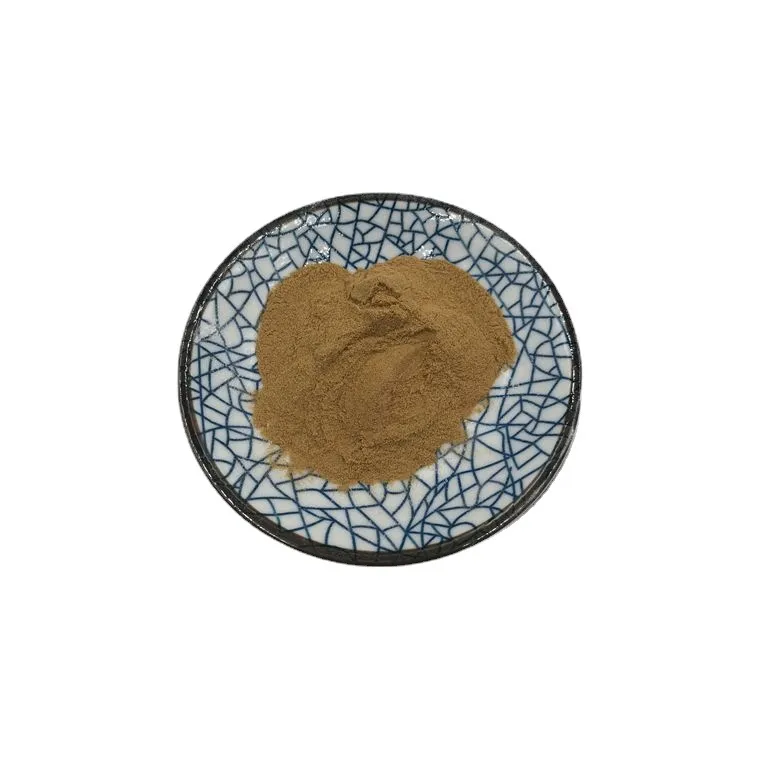
1)Anti-aging effects and delay the aging process: Studies show polygonum multiflorum extract improves the cardiovascular system, enhances immune functions, slows the degeneration of glands, increases antioxidant activity, and reduces the accumulation of lipid peroxidation
2)Alopecia & premature graying of hair: polygonum multiflorum has also been investigated to treat alopecia and premature graying of hair
3)Cardioprotective effects, hepatoprotective effect, neuroprotective effect and nonifying liver and kidney
4)Nourish blood and dispel the wind to enhancing immunity
1. Anti-aging effect
Aging animals accumulate a large amount of lipid peroxidation products, accompanied by a decrease in superoxide dismutase activity. Experimental results show that Polygonum multiflorum can significantly reduce the content of malondialdehyde in the brain and liver tissue of aged mice, increase the content of monoamine transmitters in the brain, enhance SOD activity, and can also significantly inhibit the activity of monoamine oxidase-B in the brain and liver tissue of aged mice. activity, thereby eliminating the damage caused by free radicals to the body and delaying aging and disease. The free radical theory believes that the generation and deposition of lipid peroxides can cause a series of aging symptoms. Therefore, the content of lipid peroxides is one of the main indicators for evaluating aging. Polygonum multiflorum extract has an effect on lipid peroxidation in mouse skin. It has a very obvious inhibitory effect on the production of substances, indicating that Polygonum multiflorum has the effect of delaying skin aging and can be used as a good skin anti-aging cosmetic additive. In addition, Polygonum multiflorum can significantly improve the DNA damage repair ability of peripheral lymphocytes in aged rats. By inhibiting the activity of monoamine oxidase-B in the brain, it affects the content of central neurotransmitters in the body, thereby regulating central nervous activity and delaying brain aging.
2. Impact on the immune system
Polygonum multiflorum can antagonize the atrophy and degeneration of mouse thymus caused by the immunosuppressants hydrocortisone or prednisolone, increase the weight of thymus, adrenal gland, spleen and abdominal lymph nodes, increase the total number of white blood cells, and promote phagocytosis of peritoneal macrophages. Function, reducing the content of circulating immune complexes in mice. Immunology believes that the decline of immune function is closely related to the aging of the body. The thymus is the central organ of the immune system and can effectively maintain the body's immune function. Polygonum multiflorum can delay the thymus degeneration that occurs with aging, which may be an important mechanism for delaying aging and improving the body's immunity. In addition, Polygonum multiflorum can also increase the content of thymus nucleic acid and protein, delay the age-related degeneration of the thymus in aged rats, and promote the significant reversal of changes in the ultrastructure of the thymus in aged mice, causing a significant increase in the phagocytosis index of peritoneal macrophages in mice, thereby improving The body's non-specific immune function.
A ni ọpọlọpọ awọn ile-iṣelọpọ giga-giga pẹlu ifowosowopo jinlẹ, eyiti o le fun ọ ni awọn ọja to gaju ati awọn idiyele ifigagbaga. Ati pe a tun le fun awọn ẹdinwo fun awọn rira olopobobo.Ati pe a ṣe ifọwọsowọpọ pẹlu ọpọlọpọ awọn ile-iṣẹ gbigbe ẹru ẹru ọjọgbọn, le fi awọn ọja ranṣẹ lailewu ati laisiyonu si ọwọ rẹ. Akoko ifijiṣẹ jẹ nipa awọn ọjọ 3-20 lẹhin ijẹrisi isanwo.
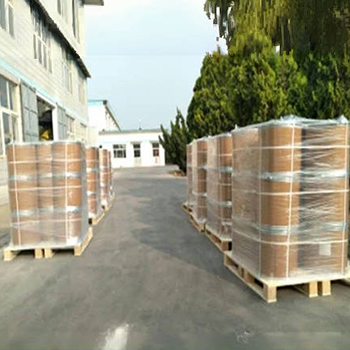



| Nkan | Sipesifikesonu | Esi | Methods |
| Marker Compound | 10:1 | Ṣe ibamu | TLC |
| Appearance & Color | Brown powder | Ṣe ibamu | GB5492-85 |
| Odor & Taste | Characteristic | Ṣe ibamu | GB5492-85 |
| Plant Part Used | Root | Ṣe ibamu | |
| Extract Solvent | Water | Ṣe ibamu | |
| Bulk Density | 0.4-0.6g/ml | 0.40-0.55g/ml | |
| Mesh Size | 80 | 100% | GB5507-85 |
| Pipadanu lori Gbigbe | ≤5.0% | 3.65% | GB5009.3 |
| Ash Content | ≤5.0% | 1.50% | GB5009.4 |
| Solvent Residue | Odi | Ṣe ibamu | GC |
| Heavy Metals | |||
| Total Heavy Metals | ≤10ppm | <3.26ppm | AAS |
| Arsenic (As) | ≤1.0ppm | <0.45ppm | AAS(GB/T5009.11) |
| Lead (Pb) | ≤1.0ppm | <0.35ppm | AAS(GB5009.12) |
| Cadmium | <1.0ppm | Not Detected | AAS(GB/T5009.15) |
| Mercury | ≤0.1ppm | Not Detected | AAS(GB/T5009.17) |
| Microbiology | |||
| Apapọ Awo kika | ≤10000cfu/g | <1000cfu/g | GB4789.2 |
| Total Yeast & Mold | ≤1000cfu/g | <100cfu/g | GB4789.15 |
| Total Coliform | ≤40MPN/100g | Not Detected | GB/T4789.3-2003 |
| Salmonella | Negative in 25g | Not Detected | GB4789.4 |
| Staphylococcus | Negative in 10g | Not Detected | GB4789.1 |
Polygonum Multiflorum/Fo-Ti (Chinese: he shou wu) is a perennial vine with broad arrowhead-shaped leaves native to central and southern China, which growing to 2~4 m tall from a woody tuber.
It is also commonly used in Chinese medicine, to balance energy in the kidney meridian, strengthen bones, prevent hair loss and premature graying, and protect the skin from sun damage.
It possesses the most magical rejuvenating properties, to help maintain hair color, preserve youthfulness, and restore fertility and virility.
Function:
1)Anti-aging effects and delay the aging process: Studies show polygonum multiflorum extract improves the cardiovascular system, enhances immune functions, slows the degeneration of glands, increases antioxidant activity, and reduces the accumulation of lipid peroxidation
2)Alopecia & premature graying of hair: polygonum multiflorum has also been investigated to treat alopecia and premature graying of hair
3)Cardioprotective effects, hepatoprotective effect, neuroprotective effect and nonifying liver and kidney
4)Nourish blood and dispel the wind to enhancing immunity
Application:
1.Applied in food field, it is often used as food additives.
2.Applied in health product field, it is made into capsules with the function of vasodilatation.
3.Applied in pharmaceutical field, it can play the role of inflammation.

1. Ṣe o jẹ ile-iṣẹ tabi ile-iṣẹ iṣowo kan?
A jẹ ile-iṣẹ iṣọpọ compnay ati iṣowo, ti n pese iṣẹ iduro kan.OEM le gba.
2. Ṣe o pese awọn ayẹwo? Ṣe o jẹ ọfẹ tabi afikun?
Awọn ayẹwo ọfẹ.Ọya ẹru ọkọ ayẹwo naa nilo lati san nipasẹ ẹgbẹ rẹ.
3. Ṣe o ni awọn iwe-ẹri eyikeyi ti o ni ibatan si iṣakoso didara?
ISO 9001: 2008 iwe-ẹri lati rii daju didara.
4. Kini MO yẹ ki n pese lati gba agbasọ ọrọ kan?
Pls sọ fun wa iru ọja ti o nilo, iwọn ibere, adirẹsi ati awọn ibeere pataki.Itọkasi yoo ṣee ṣe fun itọkasi rẹ ni akoko.
5. Iru ọna sisan wo ni o fẹ? Iru awọn ofin wo ni a gba?
Awọn ofin Ifijiṣẹ ti a gba: FOB, CFR, CIF, EXW;
Ti gba Owo Isanwo:USD;
Ti gba Isanwo Isanwo: T/T,Western Union; Paypal, Iṣowo Iṣowo.
Ede Sọ: Gẹẹsi.
Awọn ẹka ọja

